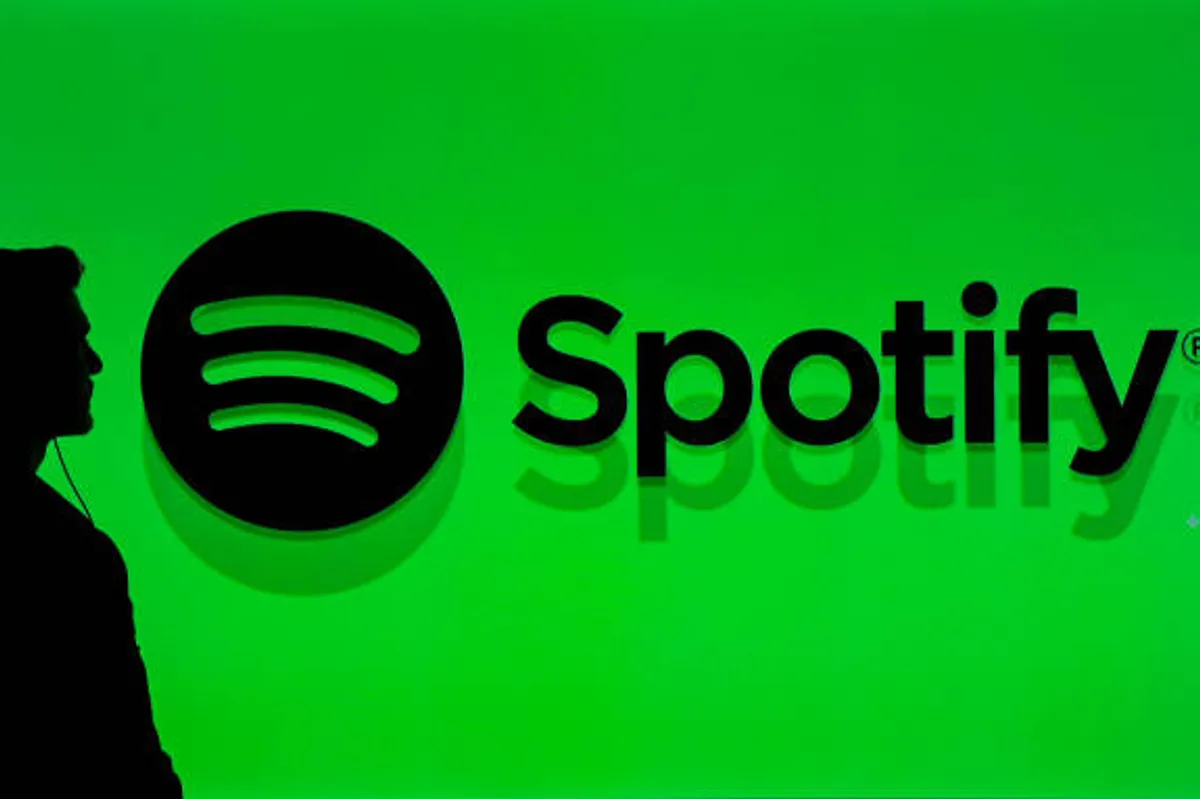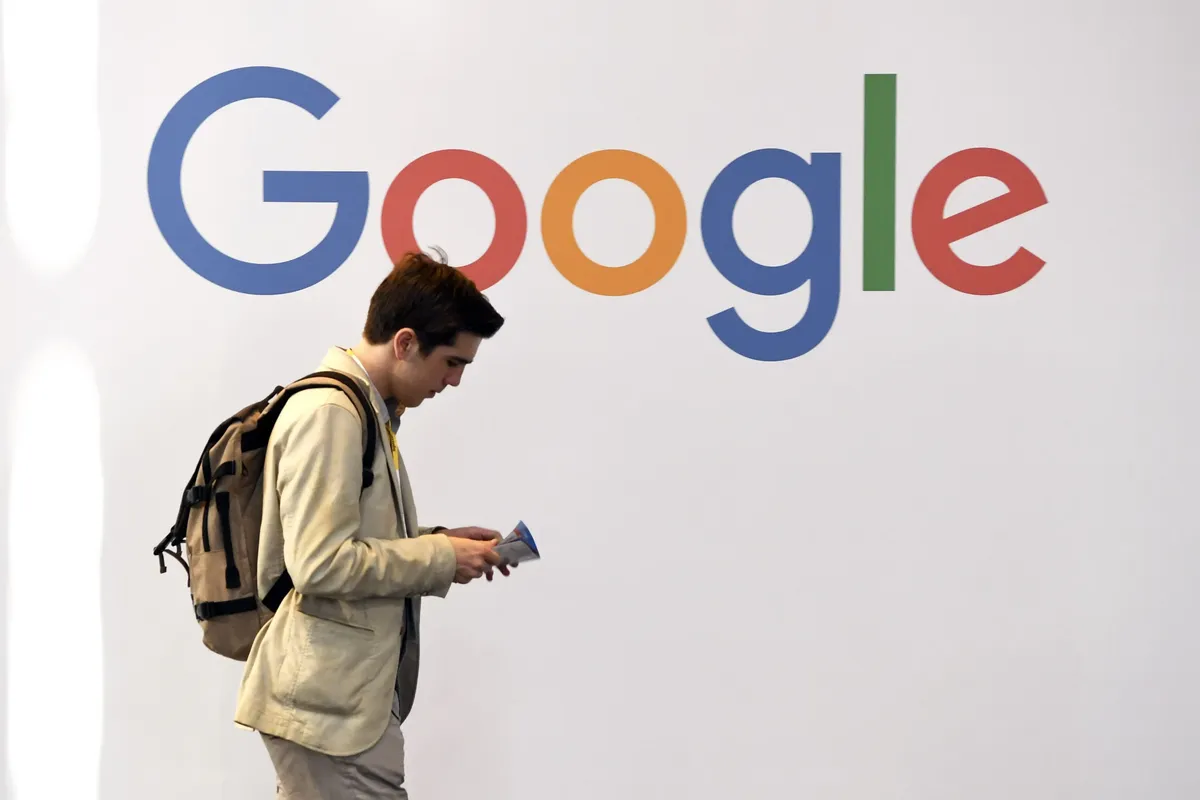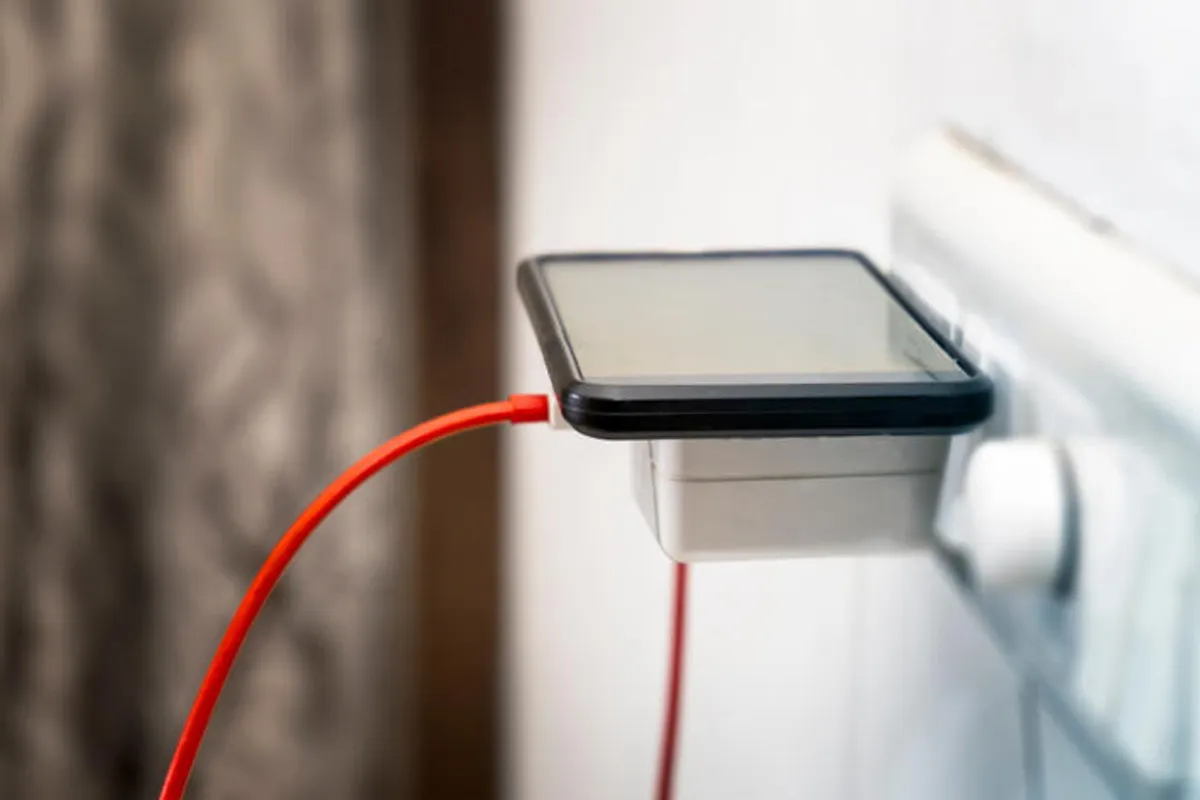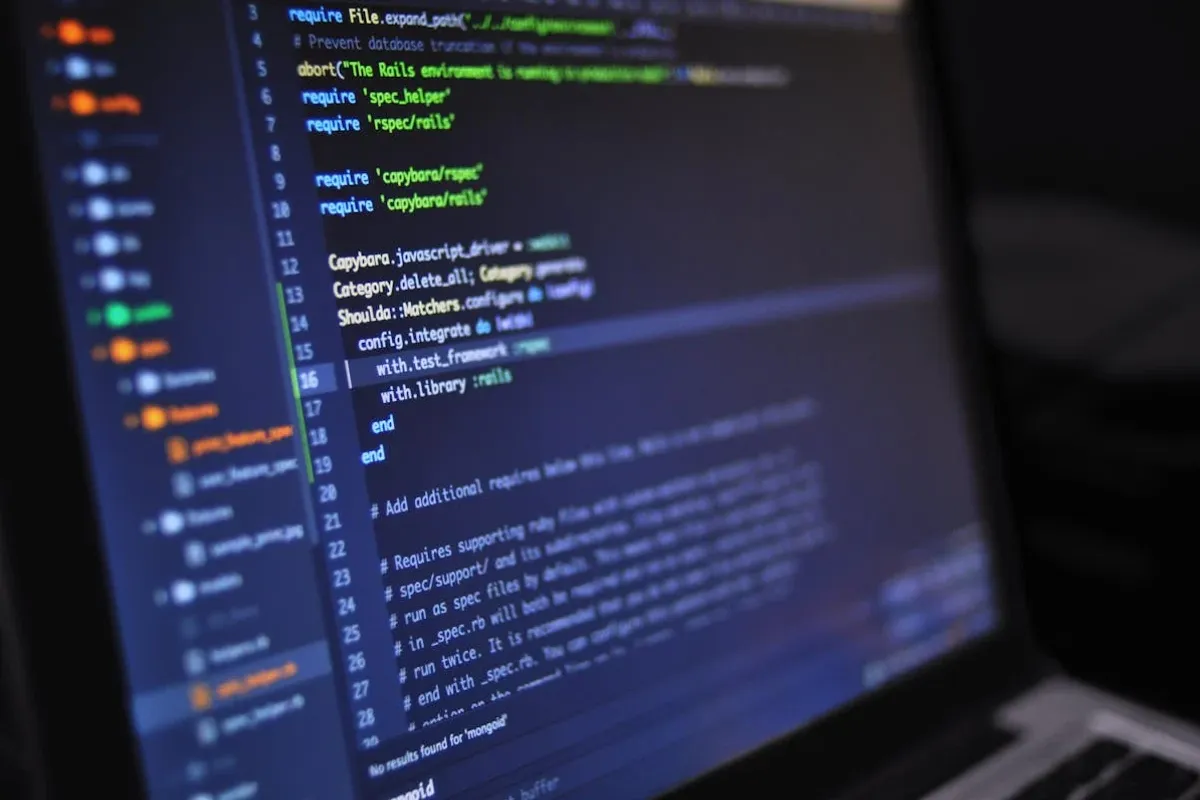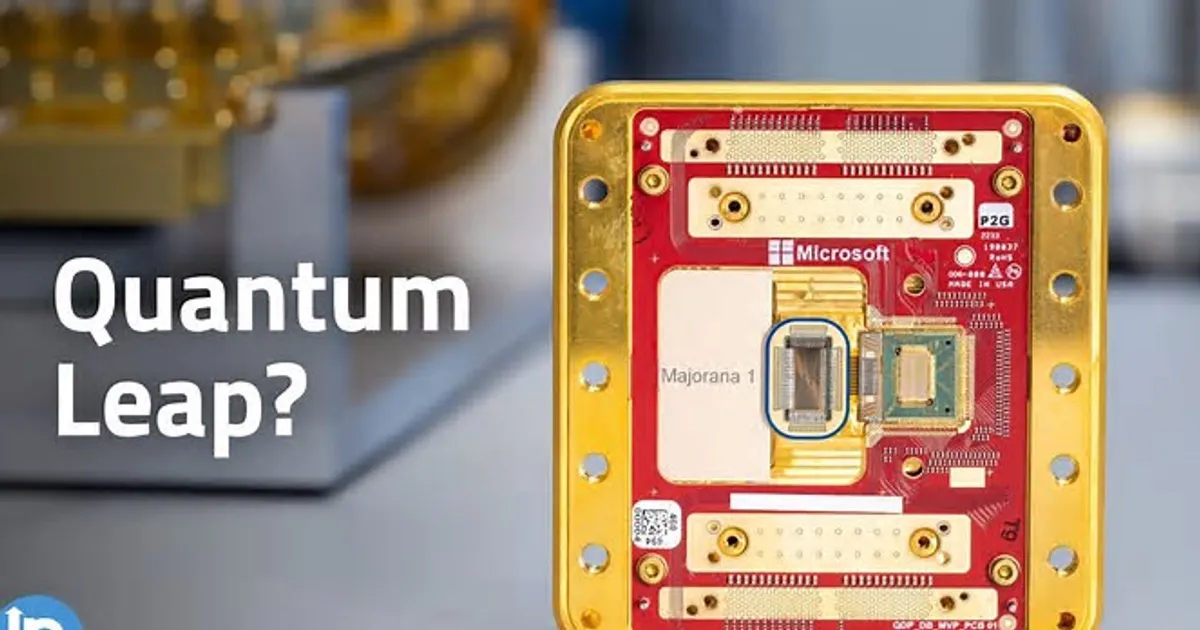
Why the Race for Quantum Supremacy Just Got Real in 2025

GeokHub
Contributing Writer
The race for quantum supremacy—where quantum computers outperform classical ones—has intensified in 2025, driven by breakthroughs from Google, Microsoft, Amazon, and others. With the global quantum computing market projected to hit $2.7 billion by 2030, these advancements signal a pivotal shift. This professional, reader-friendly news article explores why the race is heating up, key developments, and implications, crafted for tech enthusiasts and industry stakeholders.
Key Breakthroughs Driving the Race
1. Google’s Willow Chip
- Achievement: In December 2024, Google’s Willow chip, with 105 superconducting qubits, solved a benchmark problem in 5 minutes—a task estimated to take supercomputers 10 septillion years.
- Why It Matters: Willow’s exponential error reduction as qubit count grows marks a historic leap, achieving “below threshold” performance since 1995.
2. Microsoft’s Majorana 1
- Achievement: Launched in February 2025, Microsoft’s chip uses topological qubits, claimed to be error-resistant, targeting industrial-scale problems “in years, not decades.”
- Challenge: Critics, including physicist John Preskill, note Microsoft hasn’t proven Majorana particles exist, casting doubt on claims.
3. Amazon’s Ocelot Chip
- Achievement: Unveiled in February 2025, Ocelot uses cat qubits and transmons, cutting error correction costs by 90% and boosting energy efficiency.
- Why It Matters: Its proof-of-concept design aims for scalable, commercial quantum systems.
4. D-Wave’s Advantage2
- Achievement: In March 2025, D-Wave’s 4,400-qubit Advantage2 simulated quantum magnetic materials in minutes, a task taking supercomputers a million years.
- Impact: Its quantum annealing approach delivers practical results, unlike competitors’ gate-based systems.
Why the Race Intensified in 2025
- Investment Surge: Tech giants and startups invested $50 billion in quantum R&D in 2024, fueled by advances in materials science and algorithms.
- Error Correction Focus: Google, Microsoft, and Amazon tackled quantum’s fragility (1% error rates), with Willow and Ocelot showing practical progress.
- Geopolitical Stakes: China’s Zuchongzhi 3.0 (105 qubits) outperformed Google’s Willow in March 2025, escalating U.S.-China rivalry, per Asia Times.
- Real-World Applications: Quantum advancements promise breakthroughs in drug discovery (saving $500 million/project) and encryption, impacting 2% of secure connections vulnerable to quantum decryption.
Implications for 2025
- Economic Impact: Quantum breakthroughs could add $1 trillion to global GDP by 2035, per McKinsey, by optimizing industries like finance and logistics.
- Security Risks: Quantum computers threaten current encryption, with only 21/100 global readiness for quantum-safe cryptography, per IBM’s 2024 index.
- Industry Shifts: D-Wave’s commercial systems and Amazon’s efficiency focus signal scalable solutions, potentially disrupting AI and material science.
What Stakeholders Can Do
- Businesses: Explore D-Wave’s Leap platform for quantum optimization; adopt quantum-safe encryption like NIST standards.
- Individuals: Stay informed via X posts on quantum advancements; test free tools like IBM’s Qiskit.
- Weekly Plan: Monitor company announcements (e.g., Google, Amazon) for updates; review cybersecurity protocols.
The race for quantum supremacy has surged in 2025, with Google’s Willow, Microsoft’s Majorana, Amazon’s Ocelot, and D-Wave’s Advantage2 delivering breakthroughs. While challenges like error correction and geopolitical tensions remain, the potential to transform industries is undeniable. Start exploring quantum-safe tools or follow X updates to stay ahead.
